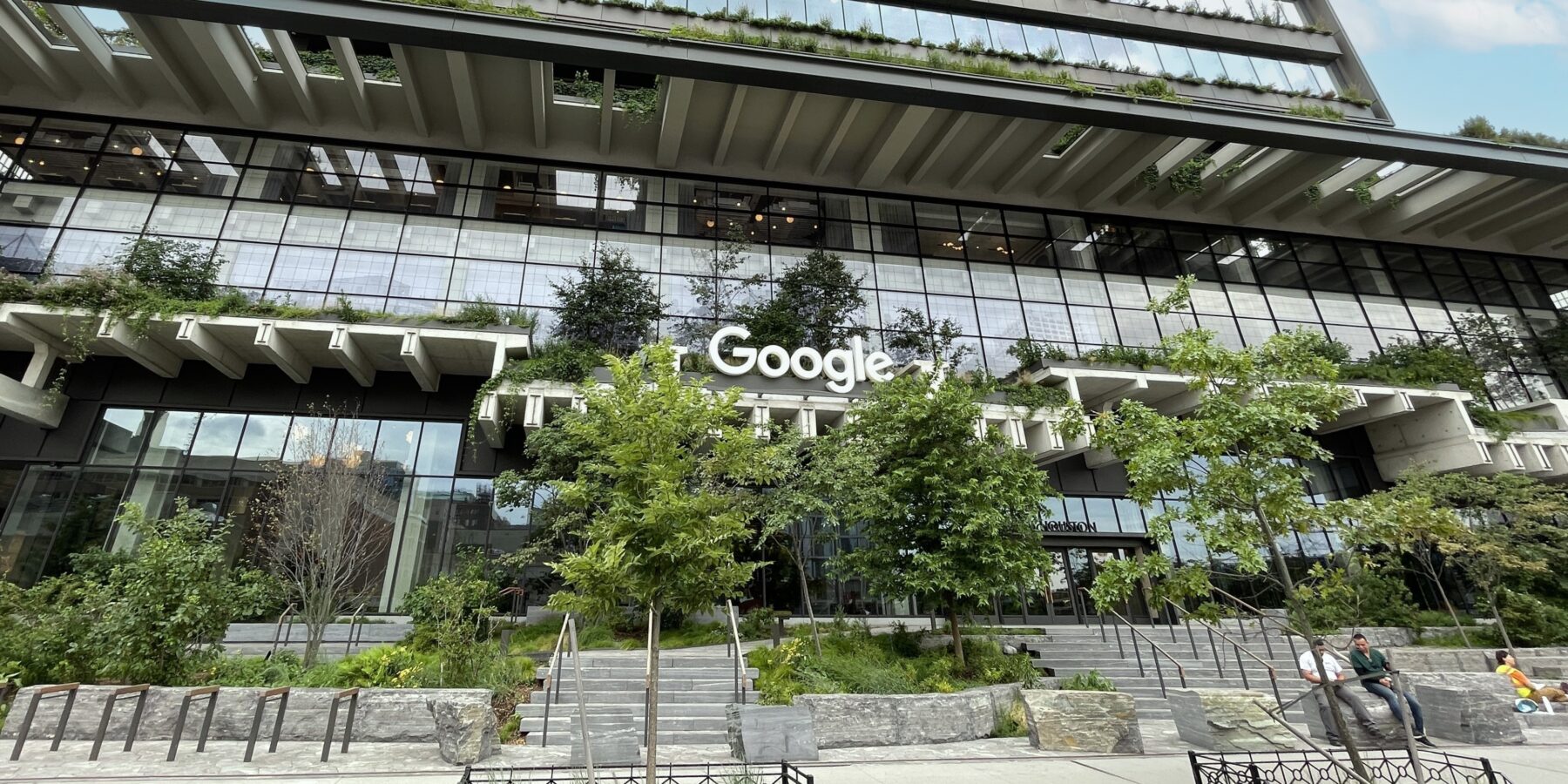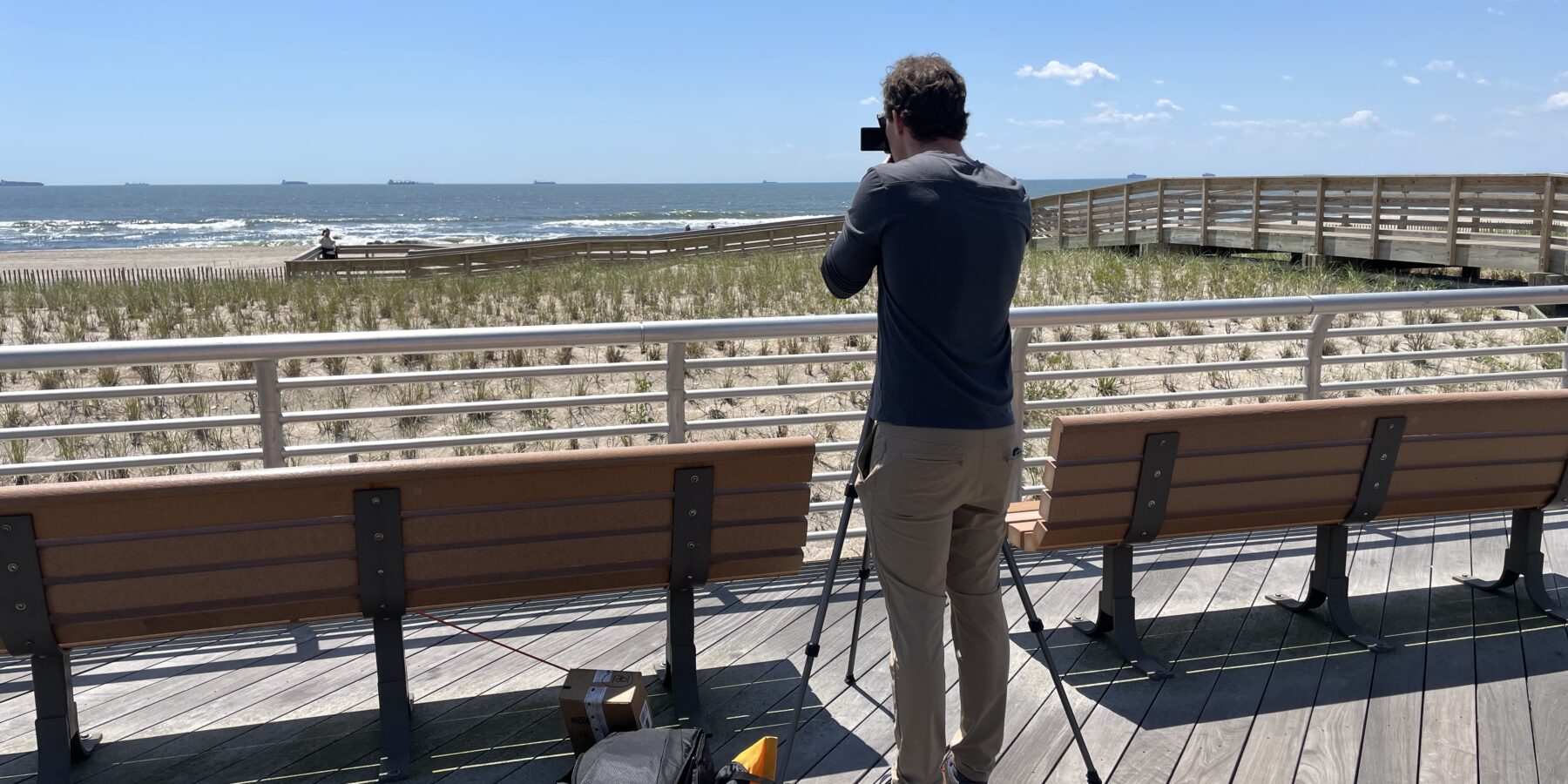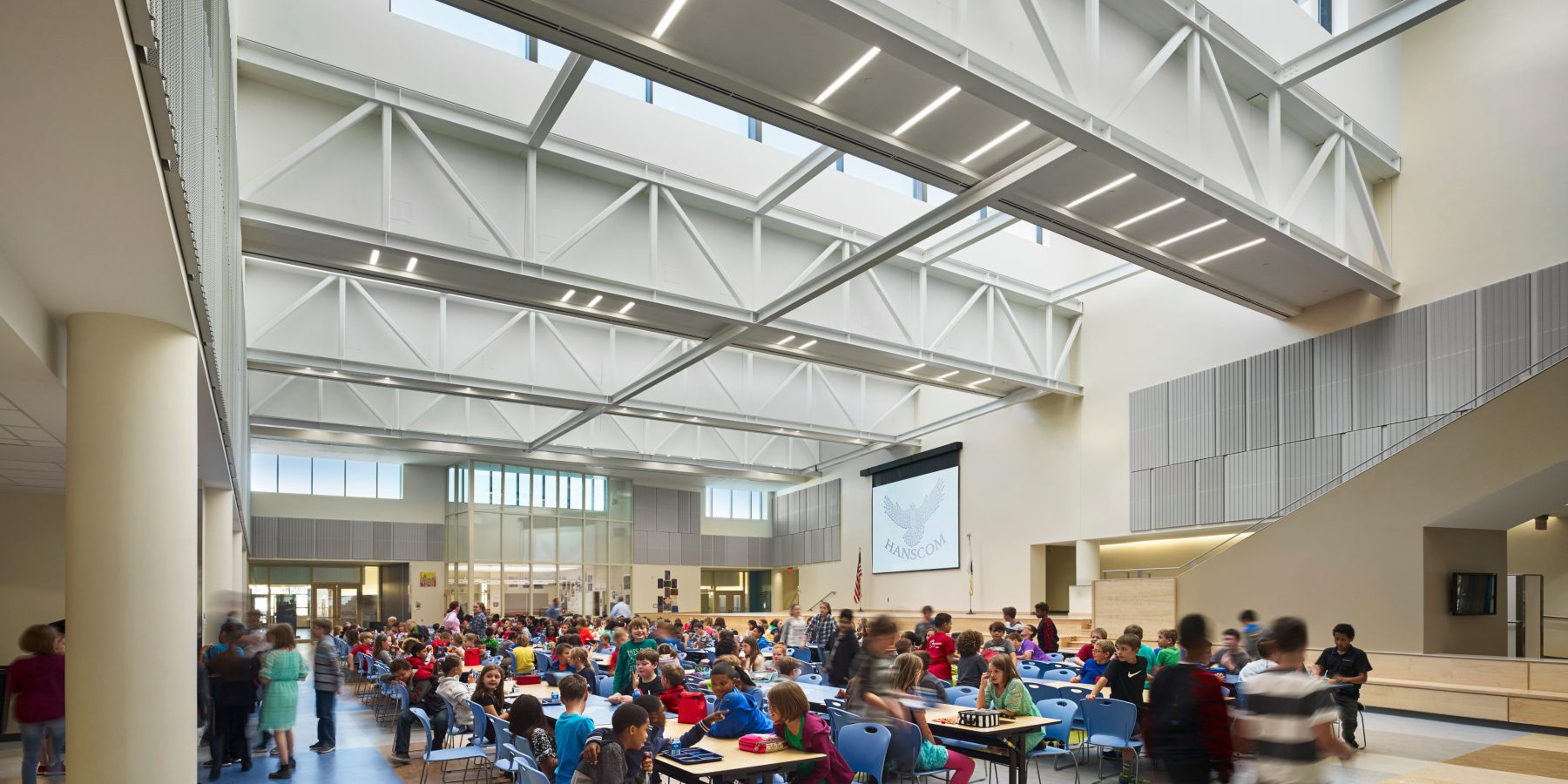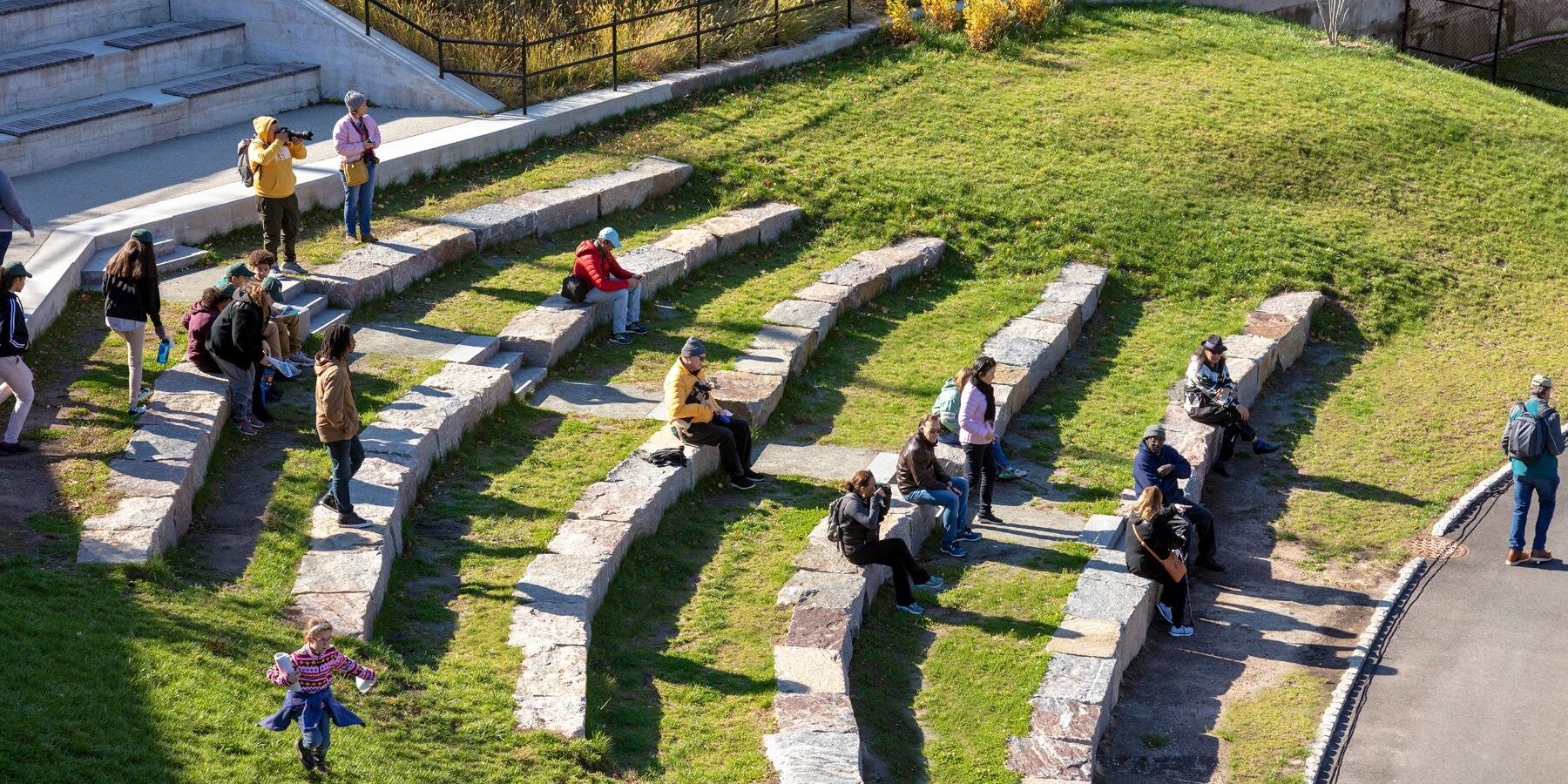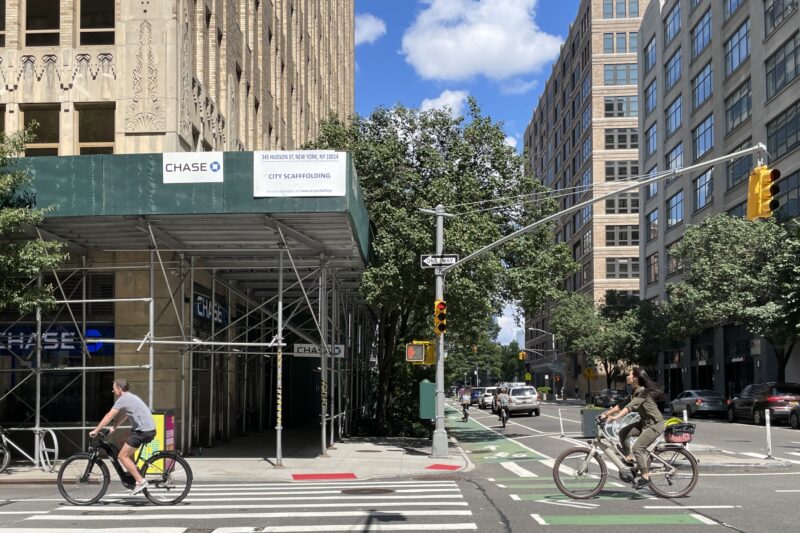Taking to the Cloud: Proactively Managing Traffic Signals

Saying I'm a “traffic engineer” has become quite the conversation starter.
Tell a neighbor you’re a traffic engineer and prepare to hear every roadway-related problem they’ve ever faced. A leading uphill battle these days seems to center around “congestion.” It’s a topic at most public meetings I attend, and often the same solution is brought up: widen the road.
Assuming there is even public land for widening—which is frequently not the case—adding travel lanes may move vehicles quicker at the expense of vulnerable road users such as pedestrians and cyclists. It also may quickly make a quaint downtown feel like a highway is running through it.
If pavement is not the answer, we need to direct our attention upwards and consider traffic signal technology that is changing the way we manage widespread congestion and other transportation-related issues.
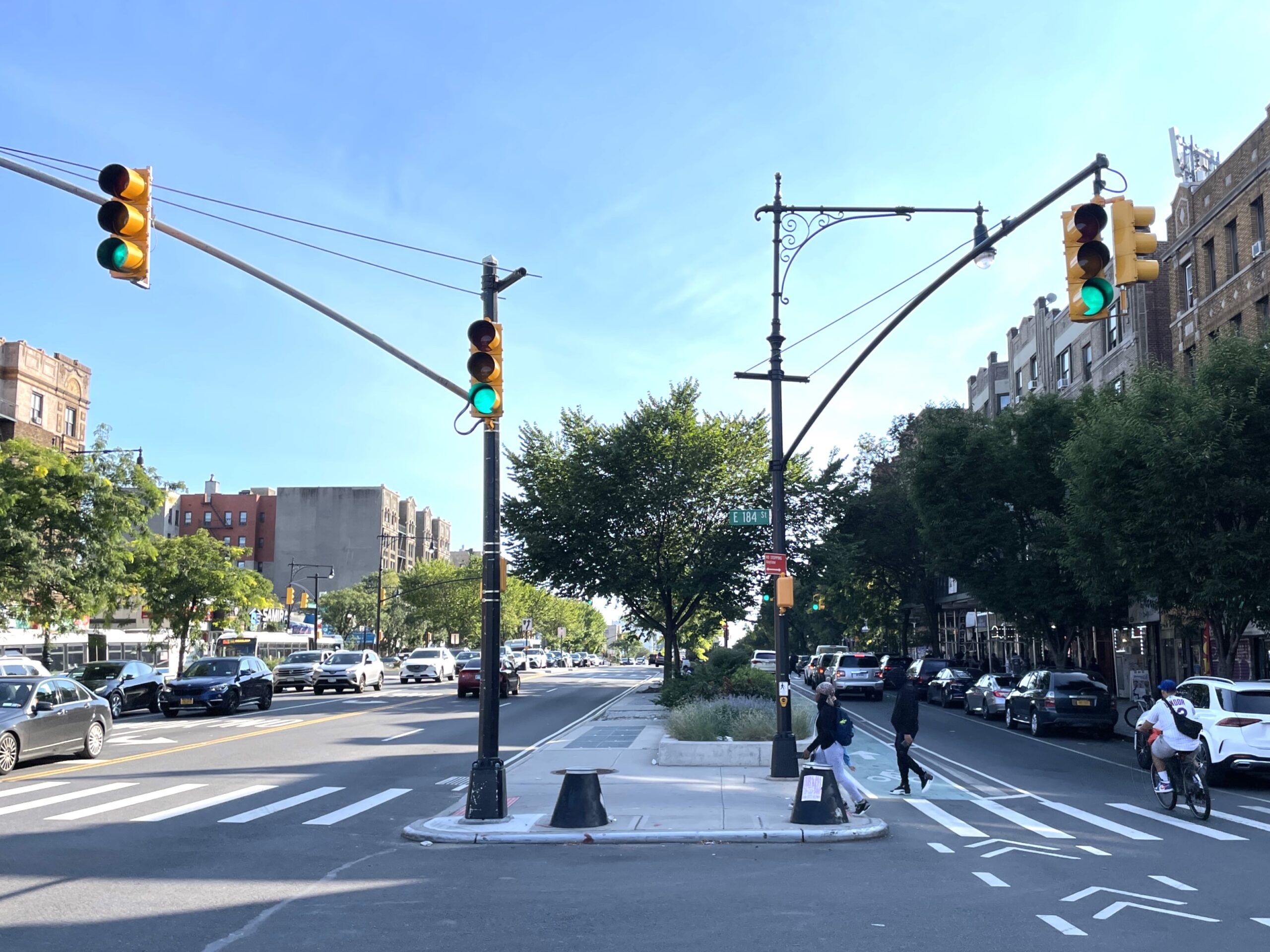
The Importance of Red, Yellow and Green
There was a time when a traffic light was nothing more than colored lights and a clock, systematically giving every approach a turn whether a car was waiting or not. Today’s signals can do so much more:
- Sense vehicles arriving at an intersection and provide a green light before they’ve had to stop.
- Count vehicles and use that data to change the timing of each approach.
- Sense when a car is waiting to make a left-turn and provide an arrow for safe passage.
- Work in unison along a corridor to move vehicles consistently through green lights, greatly reducing delay and congestion.
Despite these bells and whistles, over 75 percent of the nation’s traffic signals are outdated. Often, the necessary upgrades don’t need to be entire replacements. The fix may be as simple as adjusting the time allocated to each approach, which sometimes hasn’t been touched in decades.
Small yet impactful improvements are affordable, unobtrusive for communities, and quickly completed. Much of today’s local congestion can be improved through modernizing our existing traffic signal infrastructure.
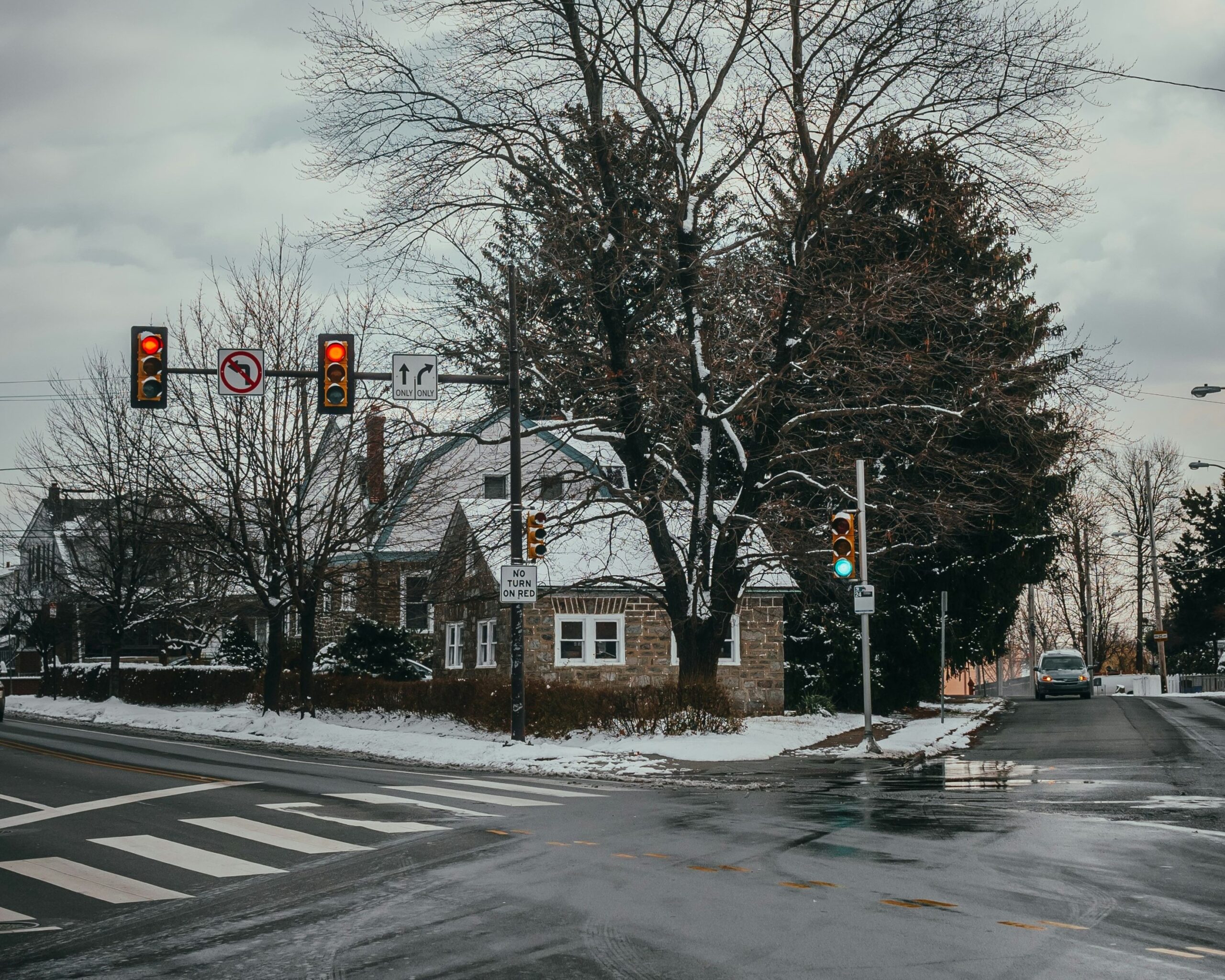
Why Are So Many Signals Outdated?
It is estimated that nearly 80 percent of traffic signals in the U.S. are operated and maintained at the local level. Many municipalities do not employ traffic engineers, let alone ones who specialize in traffic signal operations, and with this lack of understanding comes unintentional neglect.
Municipalities without proper resources usually maintain their traffic signals through a combination of on-call emergency contractors who will repair what breaks after years of preventative maintenance neglect for a hefty price, and town public works or police departments responding to calls from the public complaining of signal operations as their only means of knowing something could be better.
So, What’s a Town to Do?
Even when a municipality knows the benefits of improving its traffic signals, entering the world of modern devices can be costly and confusing. There are hundreds of manufacturers and distributors representing thousands of competing products, each with varying degrees of compatibility with one another—and that’s just the physical equipment.
Interconnecting traffic signals to work together through internet or other means can further complicate the picture. This demonstrates how traffic signal integration requires expertise in not only traffic operations, but electrical engineering and IT, too.
With taking to the cloud, municipalities can proactively monitor and mitigate congestion issues and improve safety for drivers, cyclists, and pedestrians within their community.
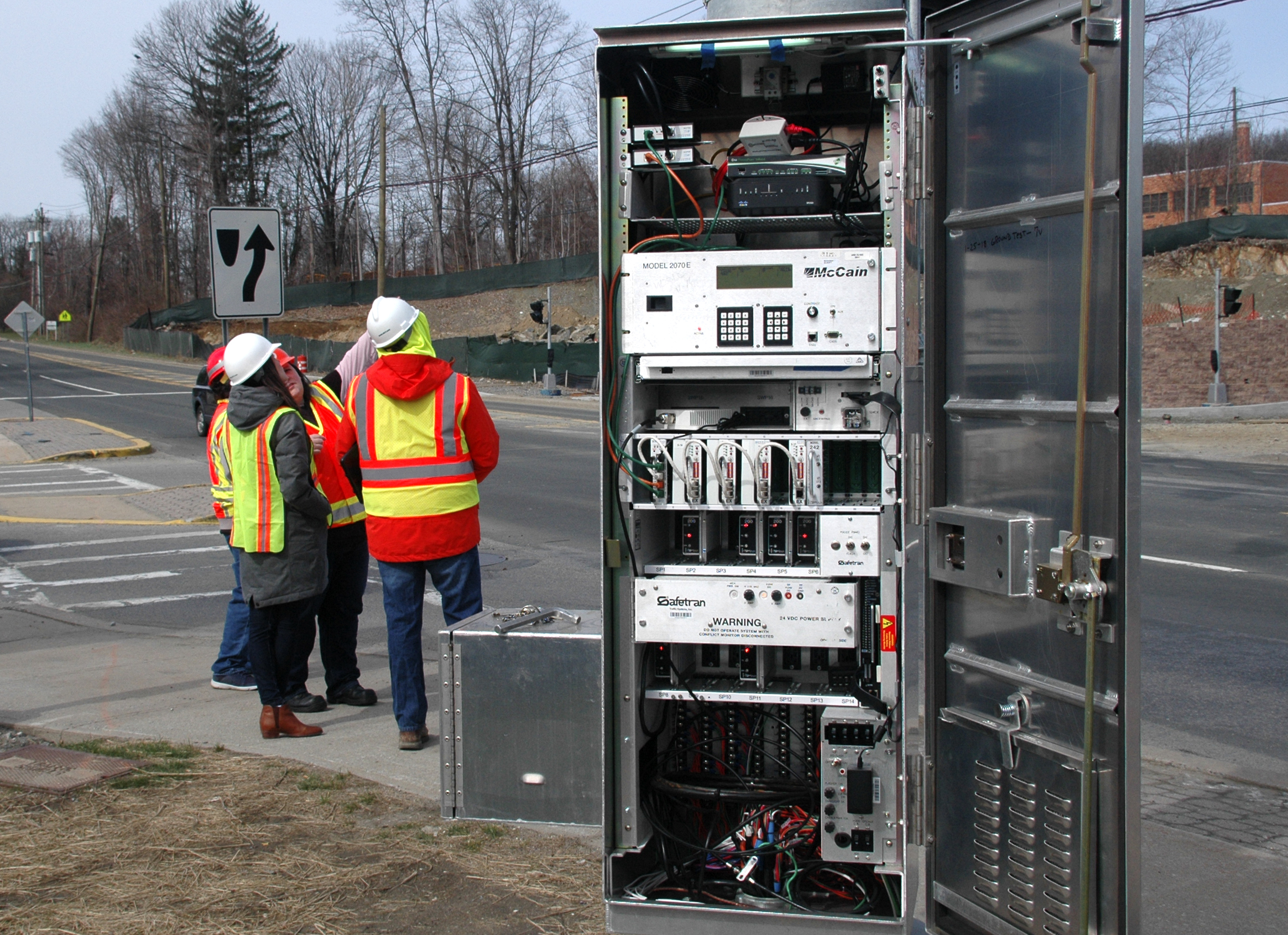
AKRF provides a turnkey solution for managing municipal infrastructure from anywhere.
As an extension of our municipal consulting services, we’re able to provide a robust non-proprietary cloud-based platform hosting the most powerful existing Advanced Traffic Management Software currently in operation with many large statewide and city agencies.
Our multidisciplinary consultant practice allows us to go beyond today’s software-as-a-service offering to provide consultant support for agencies of any size to avail themselves of a cost-effective, scalable solution for optimizing and maintaining traffic infrastructure, be it 5, 50, or 500 intersections.
The Wave of the Future
The solution for municipalities is software-as-a-service, which provides a subscription-based traffic management system requiring minimal up-front costs to allow for constant monitoring and fine-tuning of intersections with the ability to send notifications to response team members.
Using cloud-based technology to centralize traffic management with historic traffic data and access to a wide range of reporting allows quick and efficient completion of needed services without additional on-premise hardware.
Bringing together the scalability and flexibility of software-as-a-service—supported directly by local traffic engineering consultants—provides improved customer support and the ability for ongoing planning and engineering work to be more proactive and cost effective.
Gone are the needs for manual data collection and developing traffic models from scratch. In practice, all signals can be monitored from a single location independent of the size of the community, with the same level of care and attention—from critical intersections at public school crossings to signals located on low-volume rural roads to busy congestion-prone downtown corridors.
Centralized traffic signal management allows for transportation planning and traffic engineering to be proactive and avoid the added cost that comes with urgent infrastructure improvements.
After all, who wouldn’t want roadway issues and traffic congestion to be addressed before our neighbors notice.
